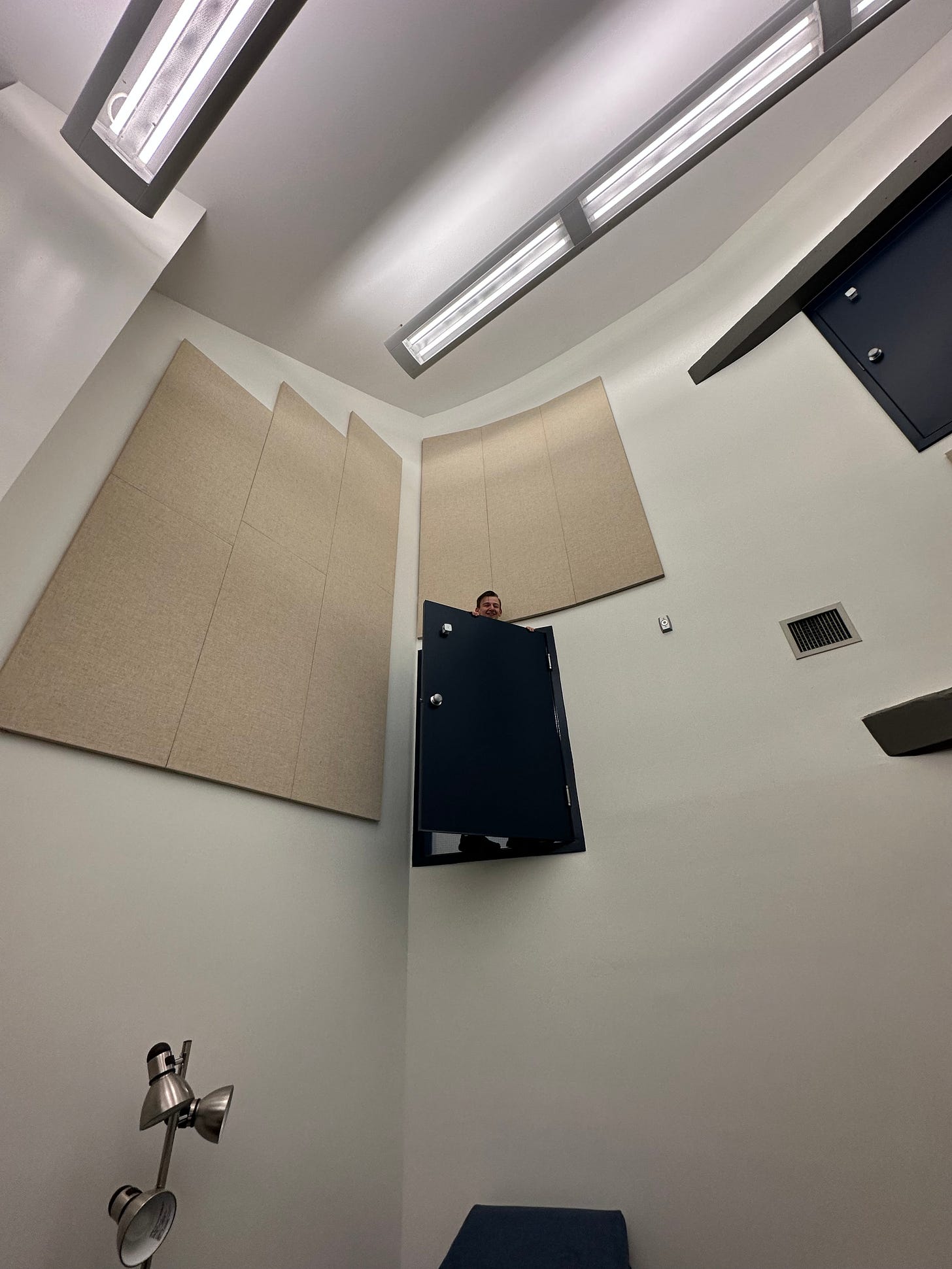Alignment
No one said this would be easy
Weeks ago, we set out on a mission to help people connect in more meaningful ways.
It started with Prompt Cards: a small paper card with a unique QR code that can be personalized to anyone you meet in person. We were frustrated that great in-person conversations led to exchanging LinkedIns and then later forgetting about each other, so we built an easier way to offer an actionable follow-up.
Now, we’re testing Prompt Cards among different segments while prototyping a new product that will enable people to make better use of the networks they’ve built.
In this post, we’ll describe a few challenges we’re facing with Prompt Cards, our steps to overcoming them, and how our team aligned on a more ambitious idea that might eventually steer us towards our mission.
Learning from Customers
We have early paying customers for our first product — Prompt Cards, which are business cards with QR codes that can be tracked and customized on the fly — but how can we obtain evidence that there is a large enough market opportunity for the idea?
Over the past week, we have been gathering user feedback and iterating on the software accordingly. To Scott’s point in our last blog (”Let the Market Decide”), we are aiming to learn from our customers directly rather than relying on advice from mentors and investors. Each customer conversation has led to a UI change or new feature, but we can’t help but wonder who our ideal target segment is for this product, or if there is one?
This is the question we keep coming back to: who are we building for? Solopreneurs who wear many hats, causing them to need a business card that can be as flexible as they are? Sales teams so that they can alter their positioning depending on the conference that they attend? Or consumers who want to find new ways to engage with their friends?
A new strategy for finding our target segment
While chatting with local printing companies in Toronto, Kai came up with a genius idea: instead of finding all of our potential customers ourselves, we could partner with the print shops that they are already buying from (and we are already printing from). By printing Prompt Cards for their customers, these print shops would add a unique product to their line of offerings, which would give them a competitive advantage in a market where there is near-perfect competition.
Placing ourselves where our potential customers already are — people who are already buying business cards from print shops — we can validate the market need for our product with more precision and less effort.
The print shops are interested, so we’ll find out soon enough if their customers are too.
Finding alignment
Whenever we reach a point of confusion like this, we go back to the whiteboard to recount our past experiences and personal insights.
This led us down a new thread of curiosity: the three of us are well connected to thousands of people in the communities we have chosen to be part of, yet we find it extremely challenging to keep up with all of them.
LinkedIn, Twitter, Discord servers, Slack communities… it’s all overwhelming. Yet we choose to be part of these circles because of the potential value they might provide. I might just stumble upon someone’s post that is relevant to what I’m working on, meet a person who helps me reach the next milestone, or find an opportunity that is exactly what I’m looking for.
These platforms are (probably by design) a roulette wheel. Yet I choose to be part of these groups because I want to surround myself with the people on them, as I know they will make me better and provide me with opportunity that I wouldn’t have otherwise knew about.
People have enormous impact on us, so how can we make better use of the people in our networks?
That’s the problem we’re aiming to tackle as we build a prototype for our next product
Reflections
The uncertainty of this past week has highlighted the importance of alignment:
Alignment on our execution strategy.
Alignment on the customer we’re serving.
Alignment on why we’re here.
No one said this would be easy.





